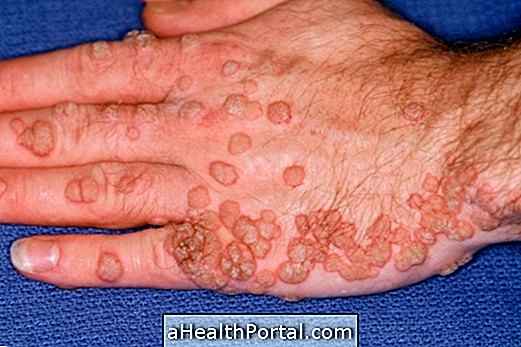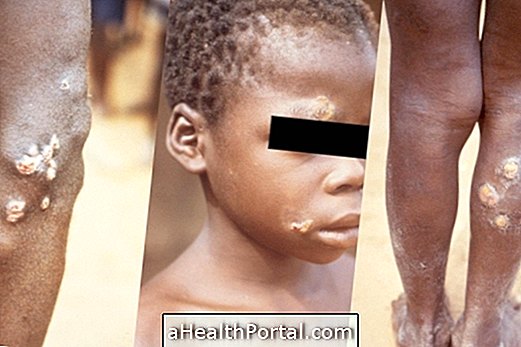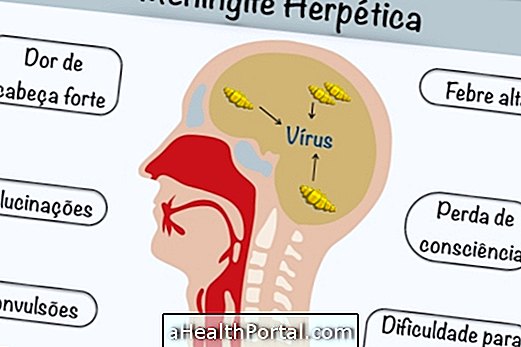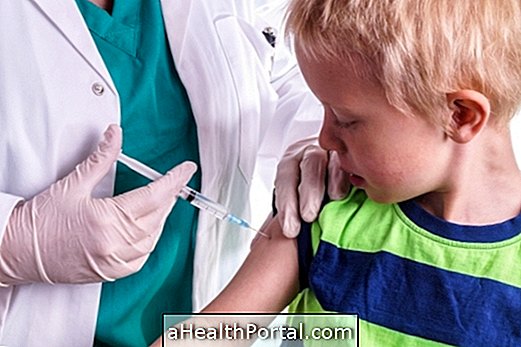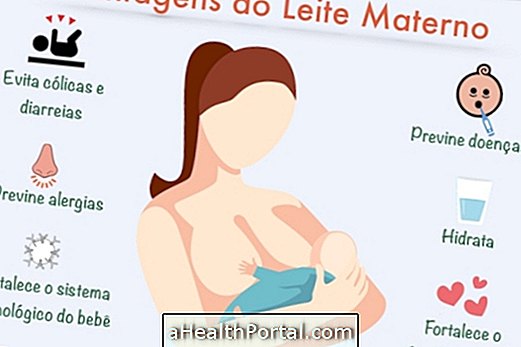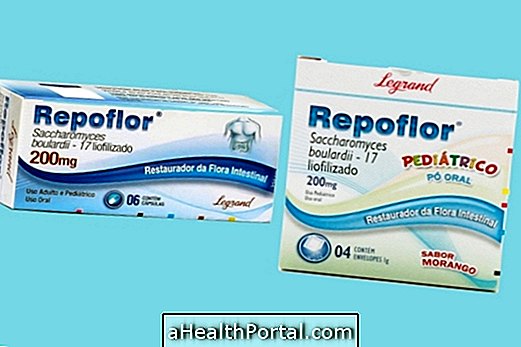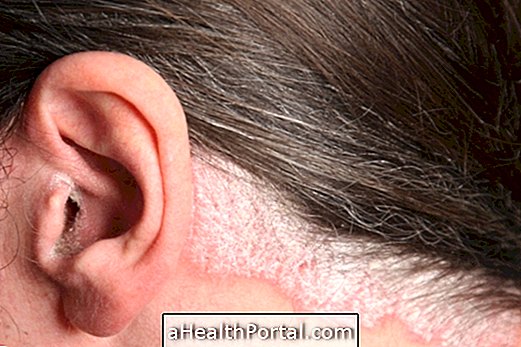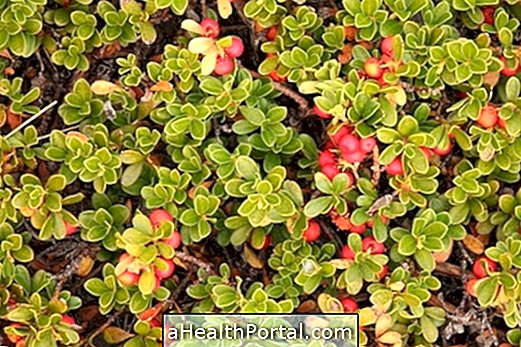Onchocerciasis, popularly known as river blindness or garimpeiro disease, is a parasitic disease caused by the parasite Onchocerca volvulus. This disease is transmitted by the mosquito bite of the genus Similium spp., which can usually be found at the riverside.
The main clinical manifestation of this disease is the presence of the parasite in the eyes, causing the progressive loss of vision, which is why onchocerciasis is also known as river blindness. However, onchocerciasis can remain years asymptomatic, which makes its diagnosis difficult.
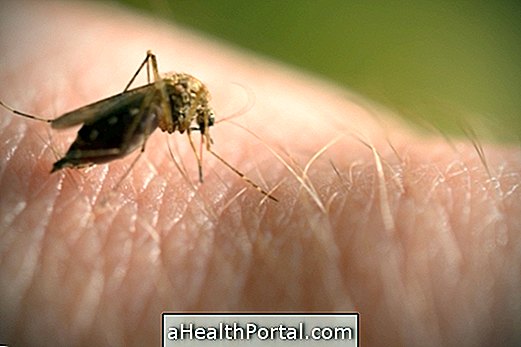
Biological cycle
The biological cycle of Onchocerca volvulus occurs in both the mosquito and man. The cycle in man begins when the mosquito feeds on blood, releasing the adult worms into the bloodstream. These adult worms reproduce and release microfilariae, which spread throughout the body and reach various organs, giving rise to symptoms. Microfilariae develop in these organs giving rise to new adult worms and a new cycle. Mosquitoes can be infected by stinging a person who has adult worms in their blood, for example, and can infect another person by pricking it.
The release of microfilariae by adult worms takes about 1 year, ie the symptoms of onchocerciasis only begin to appear after 1 year of infection and the severity of symptoms depend on the amount of microfilariae. In addition, adult worms can survive in the body between 10 and 12 years, and the female is able to release approximately 1000 microfilariae per day, whose life expectancy is around 2 years.
Signs and symptoms of onchocerciasis
The main symptom of onchocerciasis is progressive loss of vision due to the presence of microfilariae in the eyes, which if left untreated can lead to complete loss of vision. Other clinical manifestations characteristic of the disease are:
- Onchocercoma, which corresponds to the formation of subcutaneous and mobile nodules that contain adult worms. These nodules may appear in the pelvic region, chest and head, for example, and are painless while the worms are alive, when they die they provoke an intense inflammatory process, becoming quite painful;
- Oncodermatitis, also called onchocerciasis dermatitis, which is characterized by loss of skin elasticity, atrophy and folding that occurs due to the death of the microfilariae that are present in the connective tissue of the skin;
- Eye lesions, which are irreversible lesions caused by the presence of microfilariae in the eyes that can result in complete blindness.
In addition, there may be lymphatic lesions, where the microfilariae may reach the lymph nodes near the cutaneous lesions and cause damage.
How to diagnose
Early diagnosis of onchocerciasis is difficult, as the disease may be asymptomatic for years. The diagnosis is made through the symptoms presented by the person, in addition to doctor-requested tests that help confirm the diagnosis, such as ophthalmological examinations, in which microfilariae are sought in the eyes, ultrasound, to verify the formation of nodules by the parasite, and examinations such as PCR to identify Onchocerca volvulus .
In addition to these examinations, the doctor may request a histopathological examination, where a small fragment of skin is biopsied to identify the microfilariae and exclude the occurrence of other diseases, such as adenopathies, lipomas and sebaceous cysts, for example.
How is the treatment done?
The treatment of onchocerciasis is done with the use of the anti-parasitic Ivermectin, which is very effective against the microfilariae, as it is capable of causing its death without causing very serious side effects. Learn how to take Ivermec.
Although very effective against microfilariae, Ivermectin has no effect on adult worms, and it is necessary to surgically remove nodules containing adult worms.
The best way to prevent infection by Onchocerca volvulus is to use repellents and appropriate clothing, especially in regions where the mosquito is most prevalent and in riverbeds, in addition to measures to combat the mosquito, such as the use of larvicides and biodegradable insecticides, for example.
